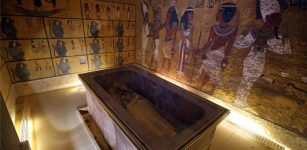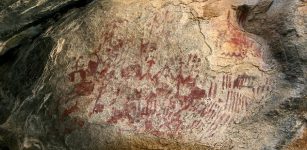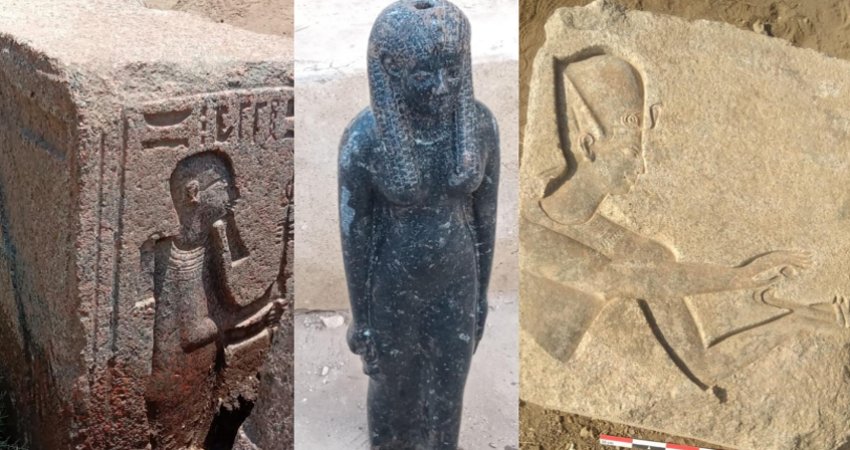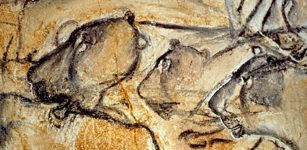Ancient Agriculture Calendar Found: 16,500-Year-Old Carving Of Bird’s Head Is One Of The Oldest Ritual Objects In The Holy Land
MessageToEagle.com – A 16,500-year-old carving of a bird’s head bear markings used to record the passage of seasons that predate the invention of writing by 20,000 years. This fascinating carved stone marked with the head of a bird, may be among the oldest ritual objects ever found in the Holy Land.
This unique stone was unearthed together with other carves stones at the banks of Kishon River in northern Israel’s Jezreel Valley.
Scientists estimate used Radiocarbon dating to determine the age and the etchings were made between 23,000 and 16,500 years ago on limestone pebbles that fit comfortably in the palm of your hand. They are “rare evidence of graphic symbols applied by late Pleistocene hunters-gatherers in the Levant.
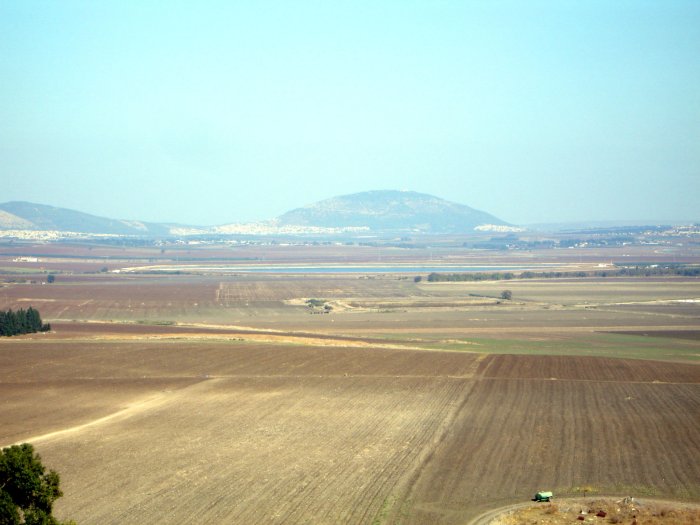
This stone, the authors of the paper wrote, is marked on one side by “the head of a bird seen in profile, together with a slightly curved, deeply incised line right above it. The bird is characterized by a large, curved beak and three ‘feathers’ in the form of little curvilinear, roughly parallel lines attached to the bird’s nape. A large round eye appears in the middle of the upturned, drop-shaped head.”
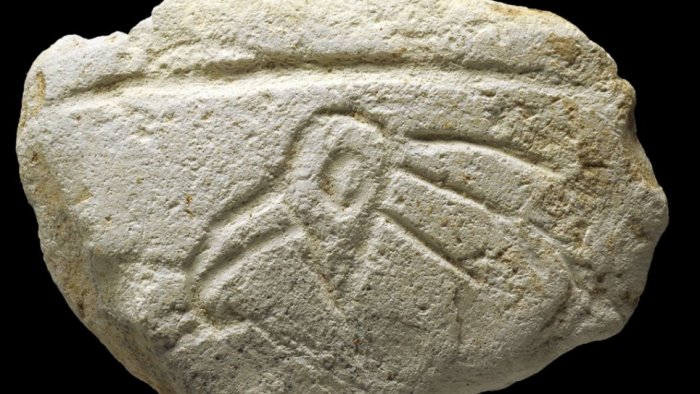
Historically, the bald ibis was found across Central Europe, North Africa and the Middle East, but destruction of habitat and hunting decimated its numbers. Today the bald ibis is a critically endangered species, with most of the remaining population surviving in Morocco.
On the backside of the stone there are several deeply incised chevron-like signs, two of them forming a rhombus divided into two triangles in the middle of the composition.
See also:
Rare 3,700-Year-Old Scarab Seal Discovered By Birdwatcher Near Haifa, Israel
Incredible Man-Made Beit Guvrin Caves: A True Wonder Of The Holy Land
Richard The Lionheart Arrives To The Holy Land – On June 8, 1191
Citing the use of bird imagery in other prehistoric art, including the enigmatic “Bird Man” from the Lascaux Cave in southern France, the authors speculate that the bird engraving may have “a spirit-related interpretation… especially considering the context of the find.”
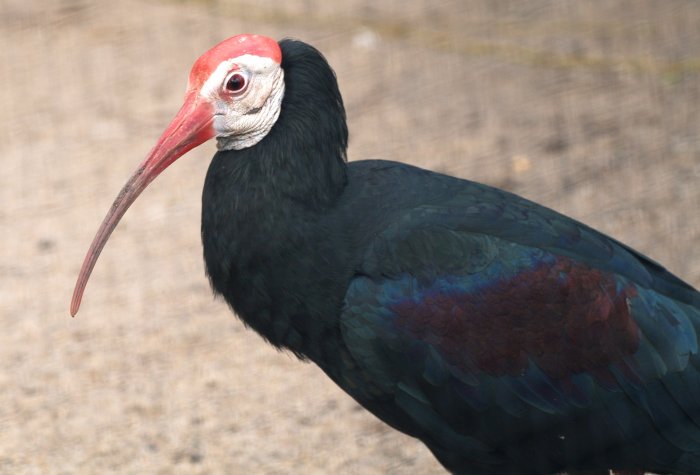
“Thus, the interpretation of the bird plaquette as an object employed in ritual, or depicting ritual-related accessories, as well as interpretation in terms of some cosmological belief/perception or an emblem of a particular group of hunters are all viable,” the authors wrote in their science paper.
Alla Yeroshevich, an Israel Antiquities Authority archaeologist who was lead author of the study, hedged her bets when describing the plaquette as a ritual object because it’s “[too] small to interpret it as a device displayed in public ritual with certainty.”
When nomadic groups gathered at Ein Qashish in antiquity, she said, “a variety of issues [had] to be solved, among them mating/marriage, alliances, exchange of information etc. Each of these activities indeed could have been accompanied by rituals.
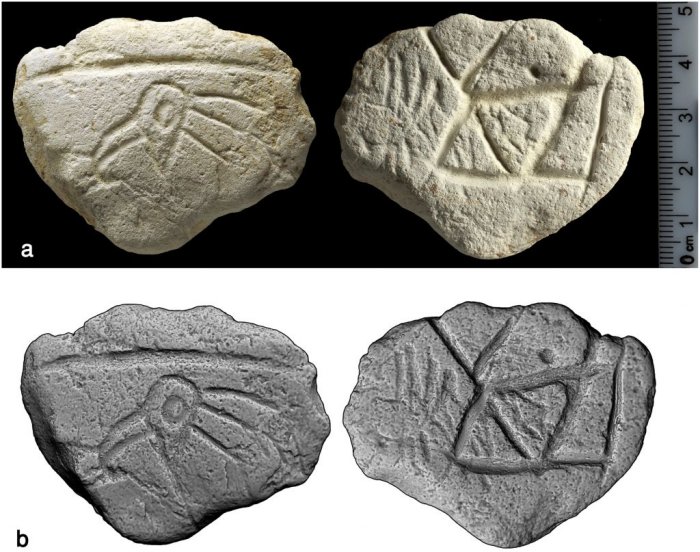
“If we assume that it happened during autumn or spring when the bald ibis was observed in the sky, the rituals could have been connected to this bird,” she said. “It is very possible that the aggregating groups had their own emblem to be identified with during the aggregation events.” One group may have chosen the ibis as its standard.
ibis could have been used as “a cue to some seasonal change” linked to the bird’s migratory patterns. The marks on the back of the stone could have been symbols corresponding to spring or autumn, when the bald ibis transited the Levant.
The ladder plaquette, the authors said, may have served as a rudimentary “artificial memory system” which could have kept track of “time and location for particular activities, events of aggregation, either for specialized hunting, marital issues, rituals, exchange of resources.”
In some way the object could be described ad a primitive agricultural calendar especially designed to track seasonal changes.
MessageToEagle.com




